“Stealing from the Saracens. How Islamic architecture shaped Europe”, the new book from Middle East cultural expert Diana Darke, delves on the influence exerted by the East in the development of the Gothic architecture, a style of art often linked to the European culture and heritage. Arab News attended the book-launch and highlights, throughout this article, some of the main features and reflections gathered by the authoress. Although the main point of this book is not something new and had already been noted, the book contributes to point out the blurring of frontiers between the East and the West, as well as the need for the West to acknowledge the impact and present the Islamic culture has had on its development.
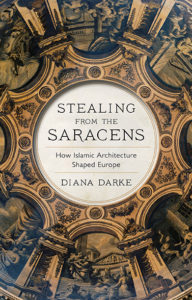 It is the architectural style that gave Europe some of its best-loved and most beautiful buildings, including the Duomo in Milan and Notre-Dame Cathedral in Paris.
It is the architectural style that gave Europe some of its best-loved and most beautiful buildings, including the Duomo in Milan and Notre-Dame Cathedral in Paris.
But a new book reveals how Gothic architecture — and many of the dramatic landmarks it inspired — were heavily influenced by Arab and Islamic cultures.
“Stealing from the Saracens”, launched in London on Thursday (August 19th), details the debt that many iconic European buildings owe to Islamic and Arab design.
Diana Darke, an author and Middle East cultural expert, said the reaction to the fire at Notre-Dame cathedral in April 2019 inspired her to write about the topic.
People were saying that the cathedral was “a great symbol of French identity,” Darke said. “But this building is not nearly as European as they think.”
Darke told Arab News: “The reaction to the fire made me angry. It prompted me to put out a tweet the morning after saying Notre-Dame’s ancestor was standing on a hilltop in Idlib province, and I attached a photo of Syria’s Qalb Lozeh, a fifth-century church.”
“Stealing from the Saracens” details the debt that many iconic European buildings owe to Islamic and Arab design.
She then wrote a blog about the subject that went viral. It featured in the Shanghai Times, newspapers in India and across the world.
Darke said she still had no plan to write a book on Gothic architecture of the Middle Ages borrowing heavily from Islamic and Arab heritage.
Who steals from whom?
However, on a visit to Cordoba in 2019, she was shocked to see the level of cultural appropriation at the Mezquita and the Syrian origins of the World Heritage Site ignored.
“If you didn’t know, you could honestly be unaware that it had originally been a mosque,” Darke said.
On a visit to Cordoba in 2019, she was shocked to see the level of cultural appropriation at the Mezquita and the Syrian origins of the World Heritage Site ignored.
The trip was a turning point and the author began writing “Stealing from the Saracens” to put the record straight.
A derogatory term used by Christian writers in Europe during the Middle Ages to refer to Arab Muslims, the noun “saracens” comes from the Arabic verb “saraqa,” meaning to steal.
Saracens were seen as looters and thieves, leading to a double irony in the book’s title: Gothic cathedrals and churches actually adopted features influenced by the architecture of Arab Muslims, not the other way round.
Multiple examples
Gothic architecture’s main characteristics are pointed arches and ribbed vaulting, Darke said. Both features, along with trefoil arches, are inspired by Islamic and Arab design.
Pointed and trefoil arches came to Europe from the Levant where Jerusalem’s Dome of the Rock is situated.
The trefoil arch, with its three rounded lobes, “feeds perfectly into the Christian trinity and that’s why the Christians adopted that so readily,” Drake explained.
“It fitted their symbolism perfectly. But it did not exist on any Christian building in Syria before the Umayyad dynasty — they definitely introduced that as an architectural form in their desert palaces scattered across Syria and Jordan.”
Pointed, trefoil and ogee arches, along with ribbed vaulting, can be seen in iconic London buildings such as the tower of Big Ben, Houses of Parliament and Westminster Abbey.
The trefoil, ogee and pointed arches of Westminster Abbey, as well as the twin tower flanking its monumental entrance, can be traced back to Islamic and Arab architecture, as the book illustrates using beautiful labelled pictures.
The Big Ben clock tower’s delicate finials and arcades of ogee arches can also be traced back to the Middle East, while St. Paul’s Cathedral’s double dome, clerestory windows and domed ceiling are also inspired by Arab and Islamic styles.
Darke offers insights into the scale of culture that was imported from East to West and how heavily Gothic architecture relied on buildings in the Middle East.
“Everything, except the flying buttresses that became necessary as bishops went into rivalry with each other, trying to build higher and higher cathedrals” was inspired by Middle Eastern architecture”, she said.
Another key feature of Gothic architecture was the extensive use of stained glass.
“The glass in many early cathedrals came from Syria, and studies have been done in several key locations to trace its origins,” Darke said.
Stained glass in Canterbury Cathedral and York Minister in England, and in Rouen Cathedral in France were found to have Islamic composition.
“They can tell because of the plant ash that was used,” Darke explained.
Readers of Darke’s book should not be surprised by Gothic architecture’s debt to Arab and Islamic culture — this was acknowledged by the man who designed St. Paul’s Cathedral.
“Modern Gothic, as it is called, is deduced from a different quarter; it is distinguished by the lightness of its work, by the excessive boldness of its elevations … such productions, so airy, cannot admit the heavy Goths for their author; how can be attributed to them a style of architecture, which was only introduced in the 10th century of our era?” wrote Sir Christopher Wren in the early 1700s.
“From all the marks of the new architecture it can only be attributed to the Moors; or what is the same thing, to the Arabian or Saracens.”
Source: Arab News

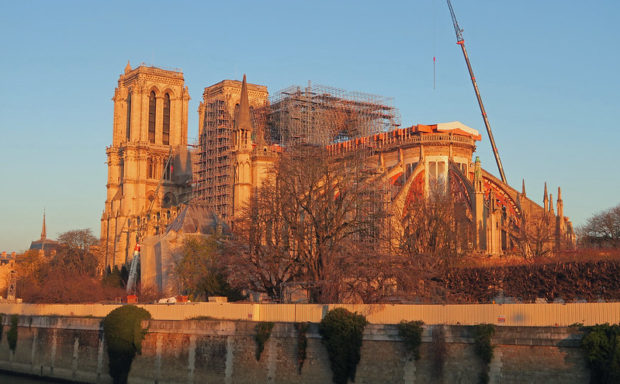
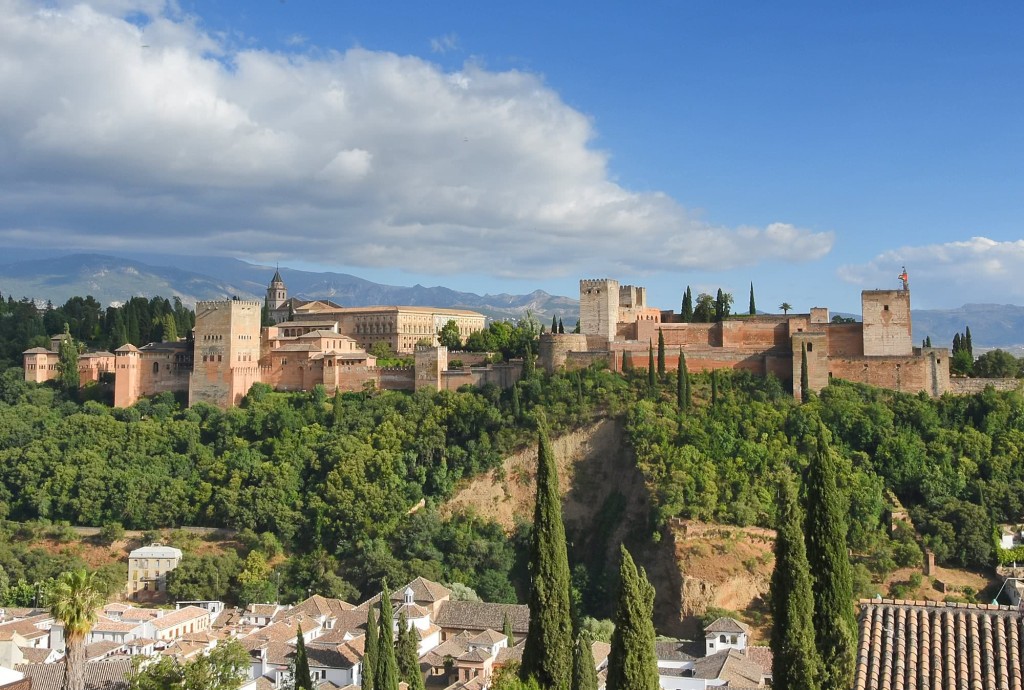
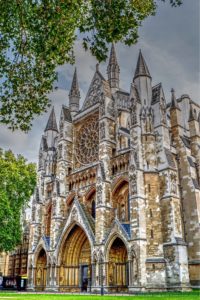
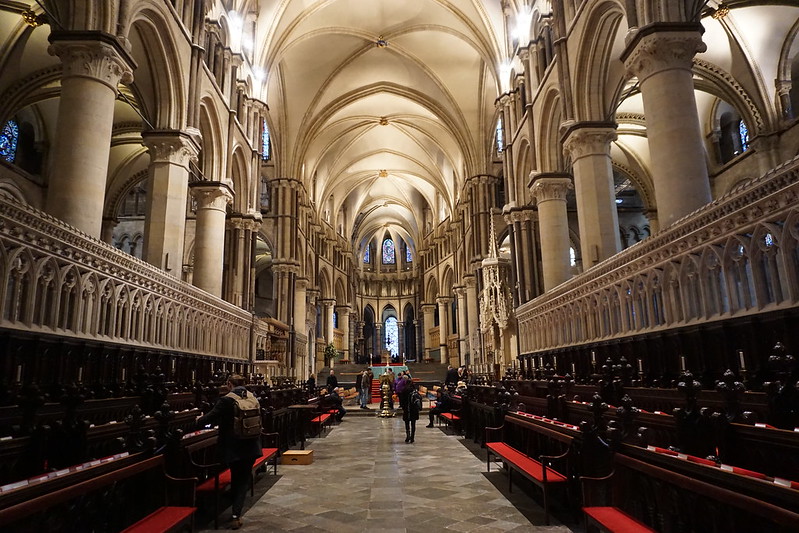













No Comments